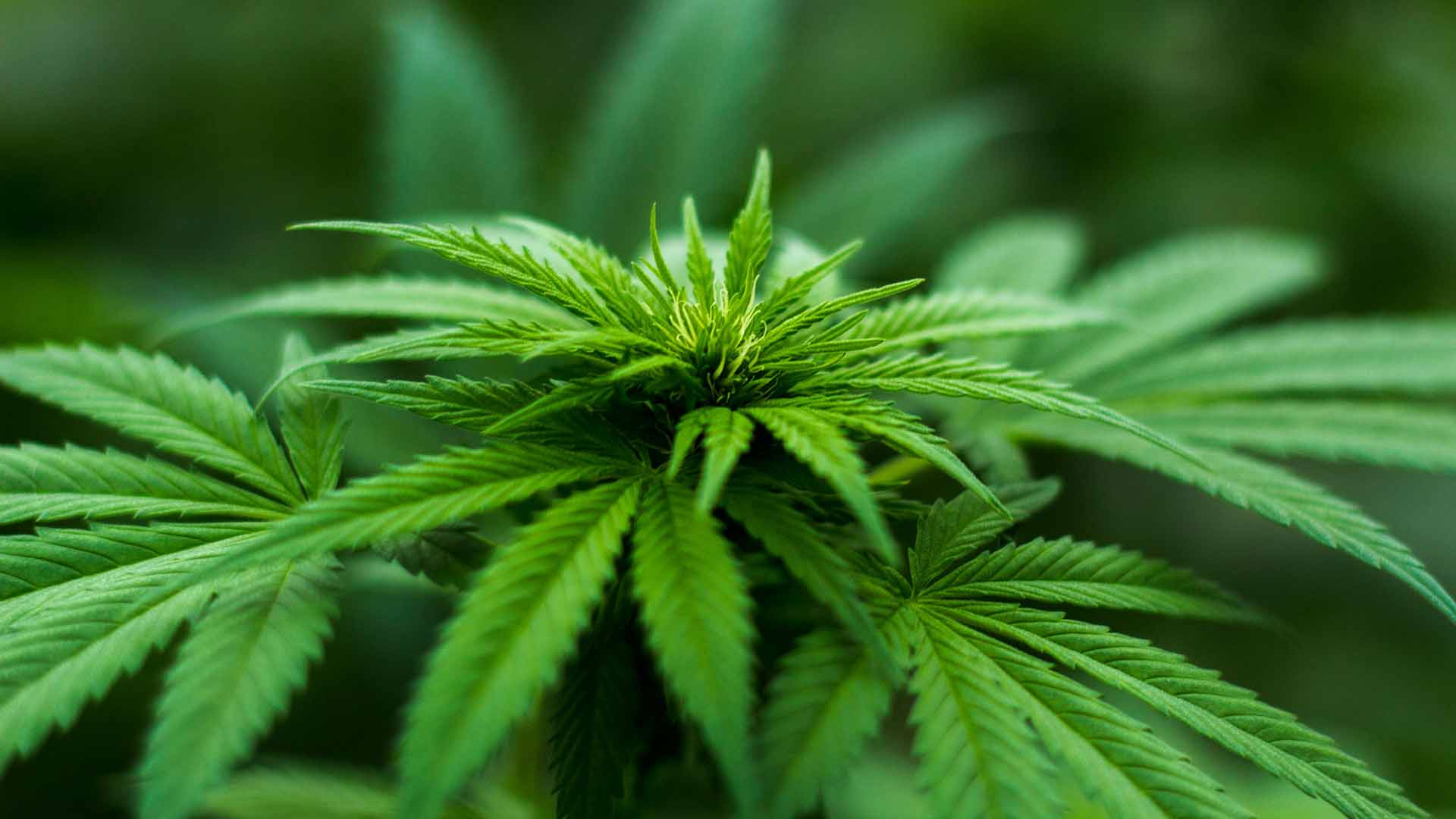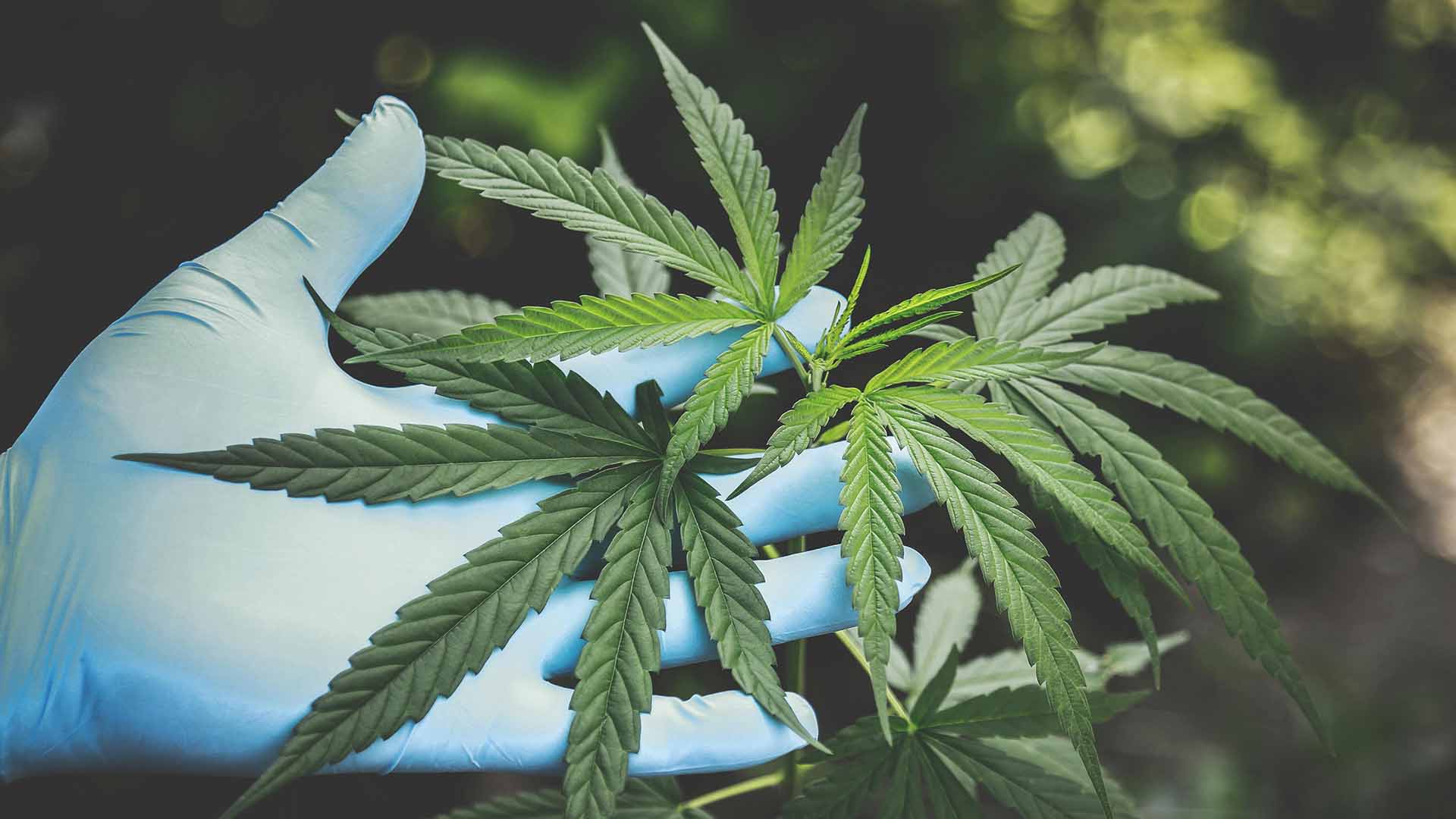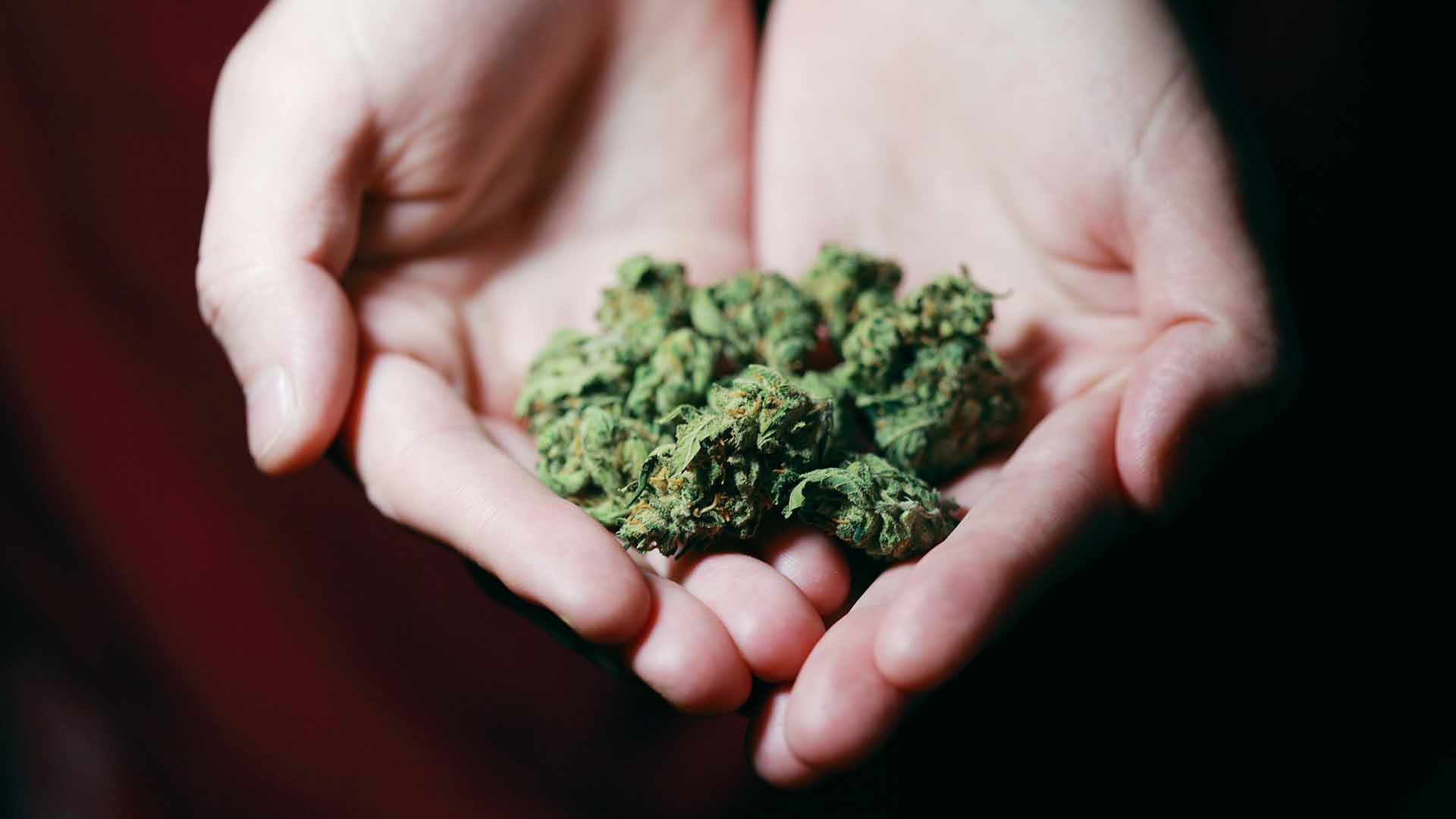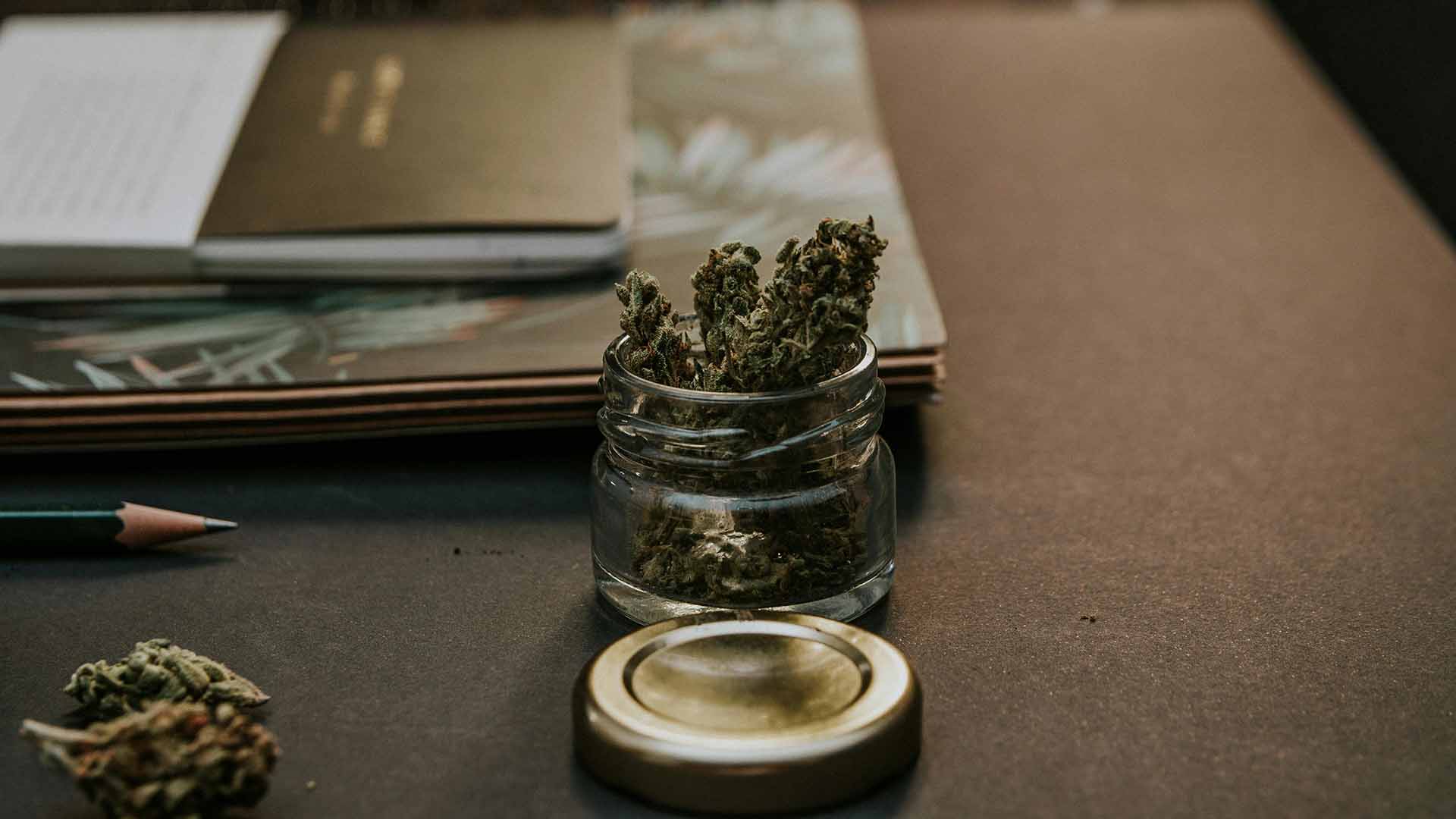Comprehensive Guide to Cannabis: Definition, Uses, and Effects
Cannabis is a topic that attracts widespread attention, whether for its medical potential, recreational use, or policy discussions. In this comprehensive guide, we delve into what cannabis is, its varied uses, and the effects it has on the human body. This article aims to present clear, factual information for those looking to understand cannabis from all angles, including its benefits and risks.
What is Cannabis?
Cannabis, commonly referred to as marijuana, is a plant genus that includes three primary species: Cannabis sativa, Cannabis indica, and Cannabis ruderalis. The plant has been used for thousands of years for both medicinal and recreational purposes, with its history rooted in ancient cultures from Asia to the Middle East.
The main psychoactive component of cannabis is tetrahydrocannabinol (THC), which is responsible for the “high” associated with marijuana use. Another significant compound is cannabidiol (CBD), which does not induce psychoactive effects and is often studied for its potential therapeutic properties.


Varieties of Cannabis
The type of cannabis plant can influence the effects it has on the user:
Cannabis Sativa
Typically provides an uplifting and energizing effect, making it more suitable for daytime use. It has a higher concentration of THC compared to other varieties.
Cannabis Indica
Known for its sedative and relaxing properties, which are often recommended for evening use or to help with insomnia.
Cannabis Ruderalis
A less common variety that contains lower concentrations of THC but grows quickly and is sometimes crossbred to create hybrid strains.
Learn more

Uses of Cannabis
Cannabis has a diverse range of uses that span both medicinal and recreational contexts. Here, we explore some of the most notable applications:
Medicinal Uses
Cannabis has been increasingly recognized for its medical applications. Some of the most common medical uses include:
Chronic Pain Management
Cannabis can help reduce chronic pain due to its anti-inflammatory properties, making it a valuable alternative to opioid medications.
Epilepsy
The FDA has approved CBD-based drugs like Epidiolex for treating severe forms of epilepsy such as Dravet syndrome.
Anxiety and Depression
CBD in particular has been explored for its potential to reduce anxiety and promote a sense of calm without the intoxicating effects of THC.
Cancer Treatment Support
While not a cure, cannabis can assist in alleviating symptoms associated with cancer treatment, such as nausea and lack of appetite.

Recreational Uses
Cannabis is widely used recreationally for its euphoric effects. Depending on the strain and consumption method, users can experience relaxation, creativity boosts, or social engagement.
Industrial Uses
Beyond personal consumption, the cannabis plant, specifically hemp (a type of Cannabis sativa with minimal THC content), has a range of industrial uses:
Textiles and Clothing
Hemp fibers are durable and eco-friendly.
Bioplastics
Hemp can be processed into biodegradable plastics.
Building Materials
Hempcrete, made from hemp and lime, is a sustainable building material with insulating properties.

How Cannabis Affects the Body
Cannabis interacts with the body’s endocannabinoid system (ECS), a complex cell-signaling system that plays a role in regulating mood, appetite, sleep, and immune response. THC binds to cannabinoid receptors in the brain, which leads to the release of dopamine, creating feelings of euphoria. Meanwhile, CBD interacts with these receptors differently, promoting a calming effect without intoxication.
Short-Term Effects
The immediate effects of consuming cannabis can vary widely based on the strain, THC content, and individual tolerance levels. Short-term effects may include:
- Euphoria or a sense of happiness
- Increased Sensory Perception: Colors and sounds may seem more vivid.
- Relaxation and Reduced Anxiety (at lower doses)
- Impaired Short-Term Memory and reaction times
Learn more about Cannabis:
Understanding the Truth About Cannabis: Effects, Benefits, and Potential Risks
The Truth About Co-Use of Cannabis and Nicotine: Key Facts and Health Implications
Step-by-Step Guide to Cloning Cannabis for Beginners
How Long Does Cannabis-Induced Psychosis Last? Understanding Symptoms, Treatment, and Recovery
How to Germinate Cannabis Seeds: A Step-by-Step Guide for Beginners
Potential Side Effects
While many people use cannabis safely, it can have side effects, especially when consumed in large quantities or by inexperienced users. Some potential negative effects include:
Anxiety or Paranoia
Particularly with high-THC strains.
Dry Mouth and Red Eyes
Common but manageable side effects.
Drowsiness or Lethargy
Associated with indica strains or higher doses.
Impaired Motor Skills
Essential to consider, especially for activities like driving.


Long-Term Effects and Risks
Long-term cannabis use has both debated potential benefits and risks. Chronic use can lead to a condition known as cannabis use disorder, which may impact daily functioning. Some studies suggest that long-term use, especially when started at a young age, may affect cognitive development.
However, ongoing research is exploring cannabis’s role in pain management and neurological conditions like multiple sclerosis, indicating its complex nature as both a potential risk and benefit.
Methods of Consumption
Cannabis can be consumed in multiple forms, each with unique effects and considerations:

Smoking and Vaping
The most traditional methods, providing rapid onset of effects.

Edibles
Cannabis-infused foods and drinks offer a longer-lasting high, though effects can take longer to manifest.

Tinctures and Oils
Can be taken sublingually for faster absorption or added to foods.

Topicals
Used for localized pain relief and skin conditions without inducing psychoactive effects.

The Legal Landscape of Cannabis
The legality of cannabis varies greatly across the globe, from strict prohibition to full legalization for both medicinal and recreational use. In the United States, for instance, federal law classifies cannabis as a Schedule I controlled substance, although many states have adopted more permissive laws. Internationally, countries like Canada and Uruguay have fully legalized cannabis, while others may permit only medical use.


Cannabis is a complex plant
with wide-ranging uses, from medical treatment to industrial applications. While its potential benefits are substantial, it is important to understand the risks associated with its use and to approach it responsibly. As research continues, the knowledge surrounding cannabis is sure to evolve, further informing policy, health implications, and public perception.
